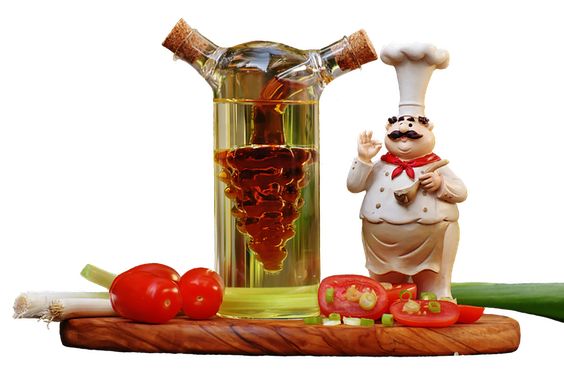In an era of green cuisine, kombucha and molecular gastronomy, it’s no surprise that chefs are getting more creative than ever and turning kitchen scraps into weird and wonderful ingredients.
On such creation that many chefs are taking on is housemade vinegars. Housemade vinegars are typically made out of randomly acquired ingredients, leftovers, or in some cases even overripe produce. These vinegars can then be used to add flavor to a number of dishes from deserts to appetizers and entrees.
The beautiful thing about housemade vinegars is that they allow chefs to be resource, waste-free and creative with food that might otherwise go to waste. For instance, apple cores and peels are commonly repurposed into vinegars to flavor salad dressings and pears are turned into vinegars to make desserts.
If a restaurant acquires an ingredient not normally on the menu, during a plentiful season, using it to create a vinegar allows them to repurpose the ingredient in a productive way. Not to mention the vinegar that they create can then be used year round. Or, in the same vein, if produce is getting ripe too quickly it can be turned into a vinegar, rather than trying to use a large quantity of overripe produce all at once.
In addition to being resourceful with your food. Vinegars could also change the way seasonal foods are cooked. For instance, if a restaurant is known for a particular dish that requires fruits or vegetables that can be hard to get at certain times of the year, a vegetable or fruit vinegar could (with some adaptation) replace the flavors of the fresh product.
Cooking with vinegars isn’t just resourceful, however, it also allows the chef to experiment with flavors they wouldn’t normally use. For instance, in Tilefish and Country Ham, a muscadine vinegar has been paired with capers and dandelion greens to balance the flavors and it’s worked perfectly! Now the restaurant is looking for other ways to use vinegars in their dishes!
Making the vinegars in-house is beneficial not only for waste, and flavor, but it is also the easiest and cheapest way to get vinegars. While vinegars can be bought from artesian vinegar producers, it’s rather expensive and not many restaurants have bothered to try and incorporate them. Not to mention that keeping the vinegar in-house allows the chef to have full control over the flavor profiles to make sure they will be integrated into the current menu.
Chefs aren’t stopping there though, artesian vinegars are growing in popularity and new chefs are constantly expressing an interest in making them. In fact, according to a trend report by FoodBytes in December of 2017, vinegar is predicted to continue popping up on menus over the next year as both a flavoring and a primary ingredient. It’s also considered to be one of the top growing “funky” ingredients being used in cooking.
So, now you know to keep your eye out for restaurants that offer these exquisite vinegars and don’t be afraid to try them if they’re on the menu. After all, you might just find your new favorite food!
David Brown is an ex-line cook who’s turned to tech back in 1999 – He loves helping companies find smarter, brighter ways to inject tech into everyday problems in the kitchen.




